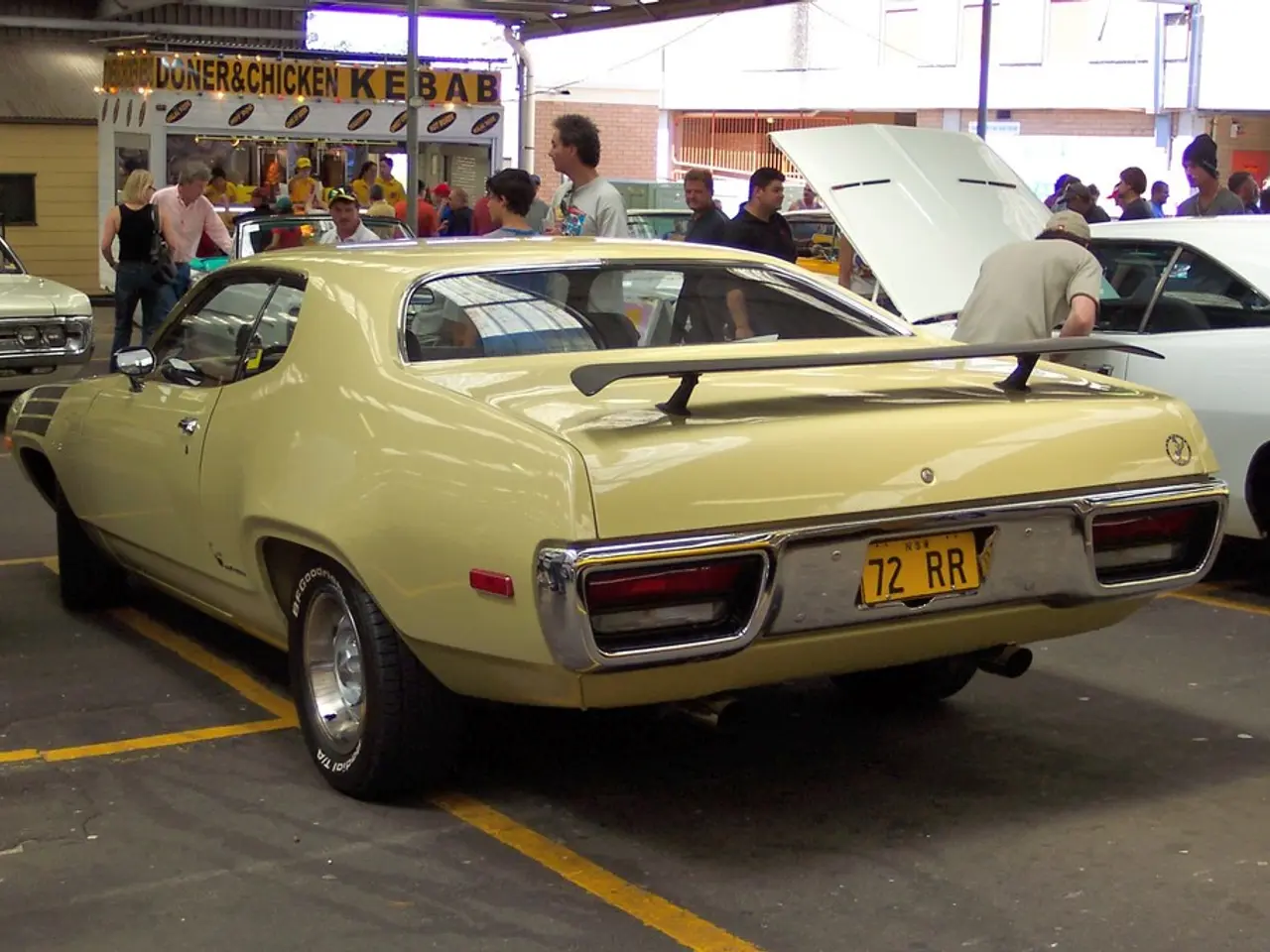Evolution persists...
In the bustling landscape of the A55 North Wales Expressway, a sight from the past recently made an appearance - a vintage BBC Outside Broadcast (OB) truck, harking back to a time when mobile television broadcasting was still in its infancy.
These vehicles, often seen on our roads during the mid-20th century, typically date from the 1950s through the 1970s. They represent an important stage in the development of mobile television broadcasting technology, a legacy that paved the way for the highly mobile, high-definition live coverage we enjoy today.
Historically, the BBC’s OB trucks evolved alongside early television broadcasting innovations, beginning in the 1920s for radio and expanding into TV post-WWII. By the 1970s, these trucks would be relatively large and complex units, fitted with multiple cameras and production controls, designed to capture and transmit outside events like sports, cultural festivals, and political broadcasts.
Early OB trucks focused on basic video capture and live transmission, with bulky cameras connected by cables and limited mixing capabilities. Through the 1960s and 1970s, these vehicles incorporated multi-camera setups, advanced video switchers, improved audio equipment, and on-board editing capabilities, enabling more complex live productions. The use of wireless transmission links and satellite feeds later allowed OB units to send live signals globally without direct cable connections.
Modern outside broadcast trucks, though descendant from these vintage units, now use digital video formats, IP-based routing, and cloud integration, vastly enhancing flexibility, image quality, and production scale.
The sight of this elderly pantechnicon-style truck, registered from the early 1970s and adorned with the legend "BBC TV Colour", evoked a sense of nostalgia and engineering durability, reminding us of the broadcast technology legacy that has shaped our modern-day live coverage. It was likely attending a display at a Clwyd coast resort town, a testament to the enduring allure of these iconic vehicles.
As we continue to witness rapid advancements in technology across the broadcast arena, it's fascinating to reflect on the journey that began less than 50 years after the Wright Brothers' first heavier-than-air powered flight, and continued with William Caxton bringing the printing technology to England, Henry Ford refining the manufacturing process for cars, and Karl Benz producing the first proper car. The technology aboard the modern day vehicle provides teams with capabilities not possible five decades ago.
Yet, as we celebrate the progress made in broadcast technology, it's worth noting that some challenges persist. As Caxton grappled with the intransigence of printed devices 600 years ago, we still find ourselves occasionally frustrated by their modern counterparts. The truck, in many ways, resembles something imagined by Gerry Anderson, a testament to the boundless creativity that drives technological innovation.
Today, companies like NEP Europe are at the forefront of this innovation, crafting the modern day equivalent of the vintage outside broadcast truck, ensuring that live broadcasting remains a dynamic, engaging, and ever-evolving medium.
- As the outside broadcast industry continues to thrive, evolving from bulky, cable-connected equipment in vintage trucks to today's digital, cloud-integrated vehicles, it's intriguing to see how data-and-cloud-computing technology has impacted the efficiency and scalability of these vehicles.
- Amid the progress in technology, from the early days of television broadcasting to the modern-day production trucks, gadgets like advanced video switchers and wireless transmission links have transformed the way outside events are captured and transmitted, making live coverage more complex and engaging.




